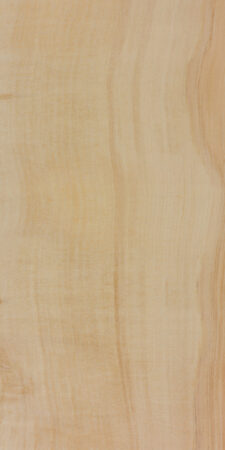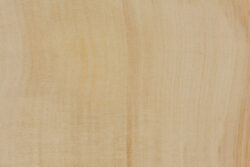Common Name(s): Hawthorn, May tree
Distribution: Primarily temperate regions in the Northern Hemisphere
Genus Size: Around 400 species (with over 1,000 additional species treated as synonyms or otherwise unresolved)
Mechanical Characteristics: Generally medium to moderately heavy dried weight; strength properties not well researched. Wood has high initial shrinkage, with a tendency to warp or deform during initial drying, although dimensional stability is better once dry.
Visual Characteristics: Sapwood is cream colored, with highly variable heartwood (in both width and color). Heartwood ranges from being just barely darker than the sapwood, to dark reddish brown. Grain is straight, with a fine, uniform texture and good natural luster.
Identification: Hawthorn species have small, numerous pores that are exclusively solitary, though they are so small it can be hard to see. In almost reverse fashion of ring-porous hardwoods, Crataegus species are diffuse porous, but have growth rings that are marked by an absence of pores.
Comments: Although hawthorn species tend to be rather small—usually not getting larger than a large shrub—the wood can be well suited for smaller projects. However, no Crataegus species are considered commercial for woodworking applications. Hawthorn trees are known much more for their flowers and flowers, and more recently, hawthorn extracts have been researched for their treatment of some types of heart disease.
Botanically, the Crataegus genus is somewhat convoluted and confused, with over a thousand synonyms or varieties that are no longer recognized as valid. Separating different species of hawthorn generally cannot be done reliably using wood anatomy alone.
Related Content:









